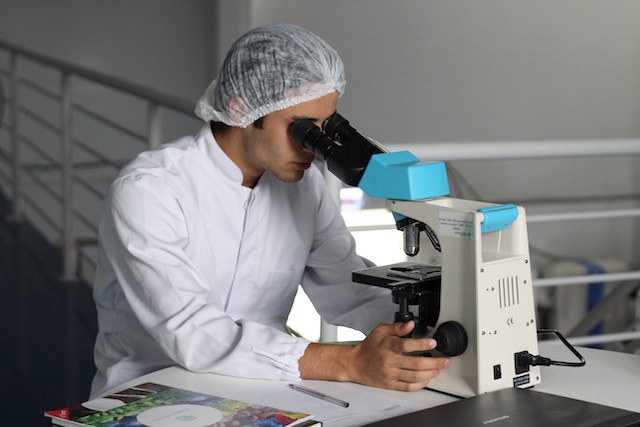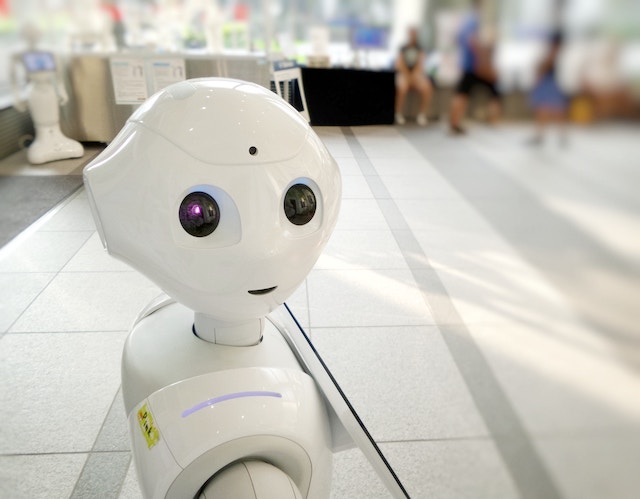Jobs Most (and Least) At Risk of Automation
Automation and artificial intelligence are expected to replace millions of jobs over the next several decades. Although reports greatly vary as to how many jobs will be automated — or when many of these changes will take effect — we do know which positions are most likely and least likely to be replaced, which skills are likely to be in demand, and the types of jobs that automation will create.
Jobs at High Risk
Over the next few decades, the odds of a machine doing your job really depend on how much you make and how repetitive your job is. Lower-paid jobs are roughly five times as likely to be replaced as higher-paid jobs. So, if you make less than $50,000 per year, your job is more likely to be at risk than someone who makes $100,000 per year.
The following positions have a 70 to 100 percent chance of being automated over the next several decades. It should be noted that these are all estimates, and that actual percentage of job replacement will likely vary based on demand, cost, regulation, and other factors. Regardless, these positions are all at risk because they are highly routine positions. The jobs at high risk of automation are:
- Accountants, auditors, and tax preparers
- Maintenance workers, drivers, and carpenters
- Bartenders, waiters, and low-level cooks
- Paralegals and legal assistants
- Postal service clerks, bank tellers, and bookkeepers
- Barbers, manicurists, and pedicurists
- Bakers and butchers
- Telemarketers, cashiers, and retail workers

Some of the positions with a 35 to 70 percent chance of being automated include:
- Mail carriers
- Librarians
- Economists
- Judges
- Computer programmers
Jobs at Low Risk
Jobs that are not likely to be replaced by machines over the next few decades include jobs that are highly creative, social, and non-repetitive. Skills like social perceptiveness (the ability to see and understand others’ behavior) and negotiation will be particularly in high demand, in addition to the ability to come up with creative solutions on the fly.
Some of the positions that have zero to 35 percent chance of being automated include:
- Police officers, detectives, and criminal investigators
- Childcare workers and at-home care workers
- Surgeons, physicians, optometrists, and pharmacists
- Teachers, professors, and administrators
- Pilots and flight attendants
- Financial planners and analysts
- Lawyers
- Chemists, astronomers, archeologists, and anthropologists

The Takeaway
Changes in technology, including automation and artificial intelligence, are certainly going to replace millions of jobs. We still don’t know a lot about precisely which jobs will be replaced, or when — but we have a good idea of which jobs are most at risk. So, we have some warning and time to prepare for these changes. Workers whose jobs are at high risk should monitor tech changes in their fields and places of employment, and should consider learning or developing skills that are likely to be in high demand in the future, as mentioned above.
Additionally, men are slightly more at risk of having their jobs replaced by automation than women, and those in their teens and early twenties are more likely to have their jobs replaced than those who are older. Still, those 25 and older have roughly an equal risk — so even those who have worked their way up over the years aren’t necessarily safe from automation.
However, the good news is that automation is expected to create more jobs than it replaces in most industries. Roughly 87 percent of global employers plan to either keep the same number of employees or actually hire more employees due to automation. A lot of the positions that automation will create are jobs to monitor, teach, maintain, or aid machines. But a lot of jobs will also be created to increase the person-to-person social factor in an increasingly tech-driven world. This is all certainly a hopeful ending to the news of widespread global job replacement!

